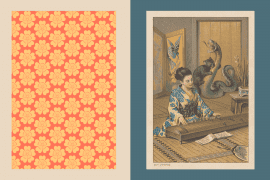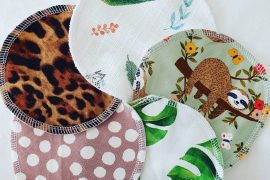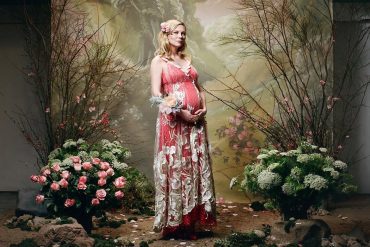Here at Wool Mother we absolutely love and rave about the benefits of wool, in particular merino wool! We have had some great feedback about our felted merino wool breast pads being helpful in minimising pain associated with vasospasm of the nipple. We wanted to go over the benefits of merino wool especially coming into winter and the colder months ahead.
“These pads are amazing. I’ve had bad pain in my nipples and breasts from Raynaud’s for a while now and have tried all sorts. These breast pads have helped heaps. I haven’t had painful feeding days now. Thankyou.”
– Victoria

First of all, what is vasospasm?
Vasospasm is when blood vessels tighten and go into spasm, so that blood does not flow normally. This can be triggered by a baby with a shallow latch or it could be connected to Raynaud’s phenomenon (a condition affecting blood supply).
There are two main causes of vasospasm of the nipple.
- Nipple trauma – If baby is not attached well to the breast while feeding, this can cause nipple trauma. If this is the case, vasospasm tends to occur following breastfeeds and improving baby’s latch on the breast can help this issue.
- Raynaud’s phenomenon – If vasospasm occurs at random times not related to breastfeeds, it is more likely to be related to Raynaud’s phenomenon, where a person experiences similar symptoms in fingers, toes, etc, in response to exposure to cold. (Raynaud’s is not caused by breastfeeding – it simply has the potential to affect breastfeeding.)

Symptoms of Vasospasm may include:
- Painful nipples – The pain is often described as burning, stabbing or itching. This pain may be felt a short time after breastfeeding or in between feeds.
- Sore nipples – Nipple vasospasm is associated with misshapen nipples and sore nipples.
- Deep breast pain – Some mothers may also feel shooting pains deep in the breast.
- Cold temperatures may worsen the pain or trigger it.
- White nipples – Nipple tips may look white (blanched nipples) after a feed or mothers may notice other colour changes in their nipples e.g. blue or dark red (associated with Raynaud’s Phenomenon).











